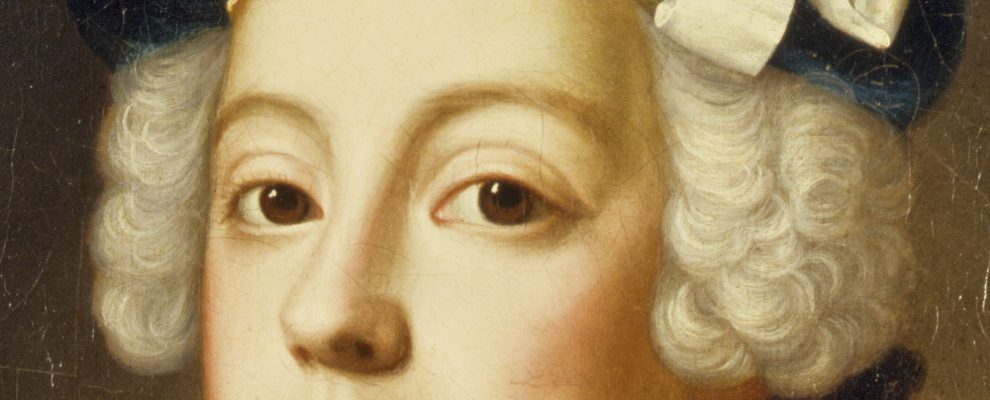Charles Edward Stuart, more commonly known as ‘Bonnie Prince Charlie’, or by his enemies as the ‘Young Pretender’, was the grandson of James II and ultimate heir of the Stuart line. In this one man were united Jacobite hopes for the triumph of their cause and a return of a Stuart king to the throne of Britain.
As during the 1730s the ‘Old Pretender’ James Edward Stuart aged, his son Prince Charles Edward became the focus of the Jacobite cause, and it was behind him that the Jacobites were to rally in the rising of 1745. Even before he landed in the Hebrides in the July of that year to take up the leadership of the rising, this young prince was a romantic and heroic figure who had brought renewed hope to the Jacobite cause. His youth and impetuosity, his courage in assuming command of his forces and his dashing appearance and charismatic personality saw him elevated to almost celebrity-like status among friends and foes alike.
The image of the Prince, as the living embodiment of the Jacobite cause, became one of the most potent of Jacobite symbols in its own right. He was immortalised not only in literature, art and music, but also in the decoration of numerous objects produced for the individual and for the household that served to display allegiance to the Jacobite cause. Items such as snuff boxes, ladies’ fans and personal jewellery provided a means for the private expression of Jacobite sympathies. Domestic objects decorated with Bonnie Prince Charlie’s portrait and figure spoke of covert hopes for the downfall of the Hanoverian regime, and offered an opportunity to reinforce one’s own political identity without the risks associated with public display. Nevertheless such dangerous and provocative objects were usually manufactured abroad and shared only those known to be sympathetic to the Jacobite cause.
The rising ultimately ended in military defeat for the Jacobites, and in the aftermath Bonnie Prince Charlie began a long-drawn-out drunken decline. However, long after all hopes of restoring the Stuart succession had failed, Charles’s image continued to be used on commemorative objects memorialising the lost cause and celebrating this once romantic hero.

Source: In the Name of the Rose: The Jacobite Rebellions, Symbolism and Allegiance (Fairfax House, 2013)
